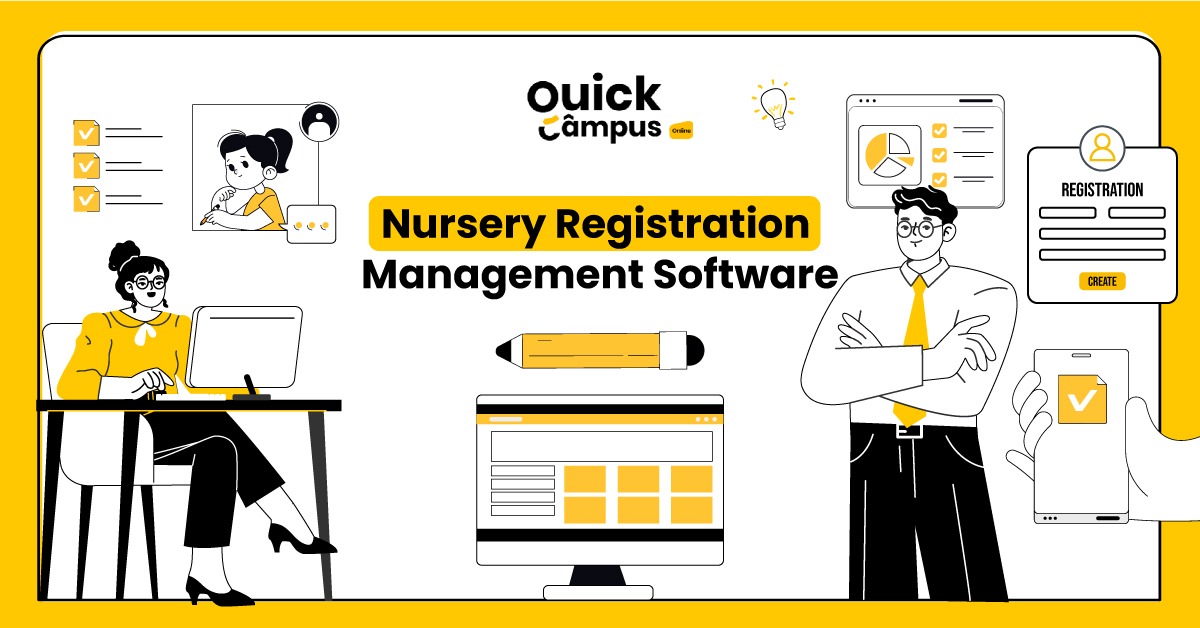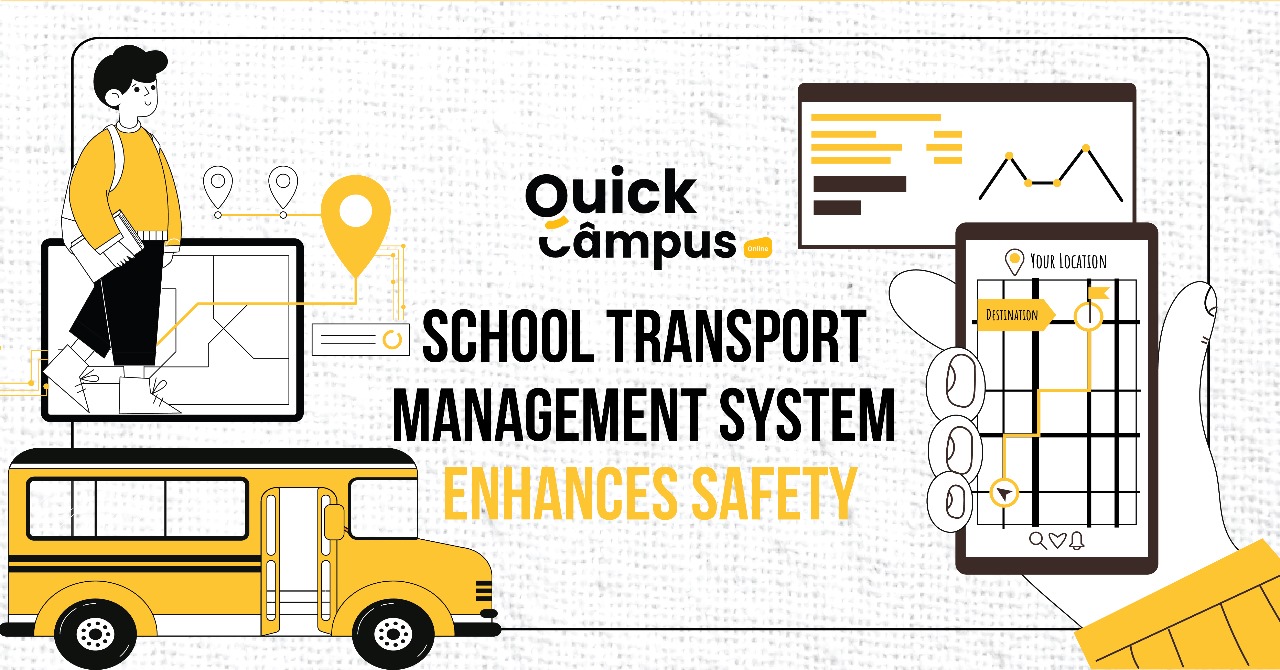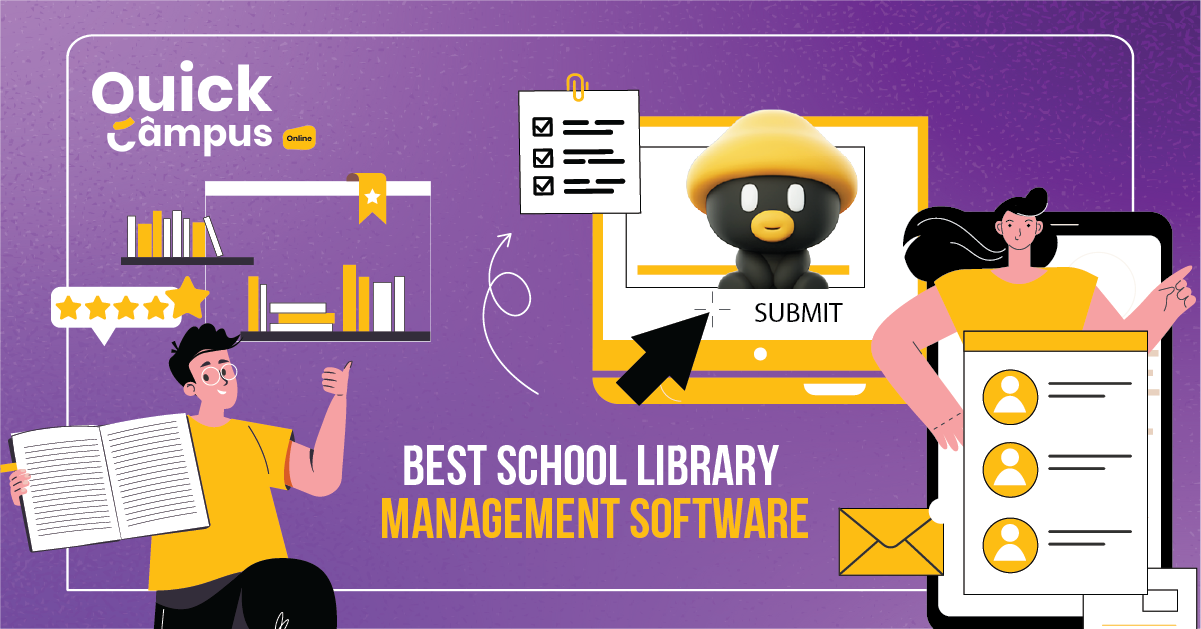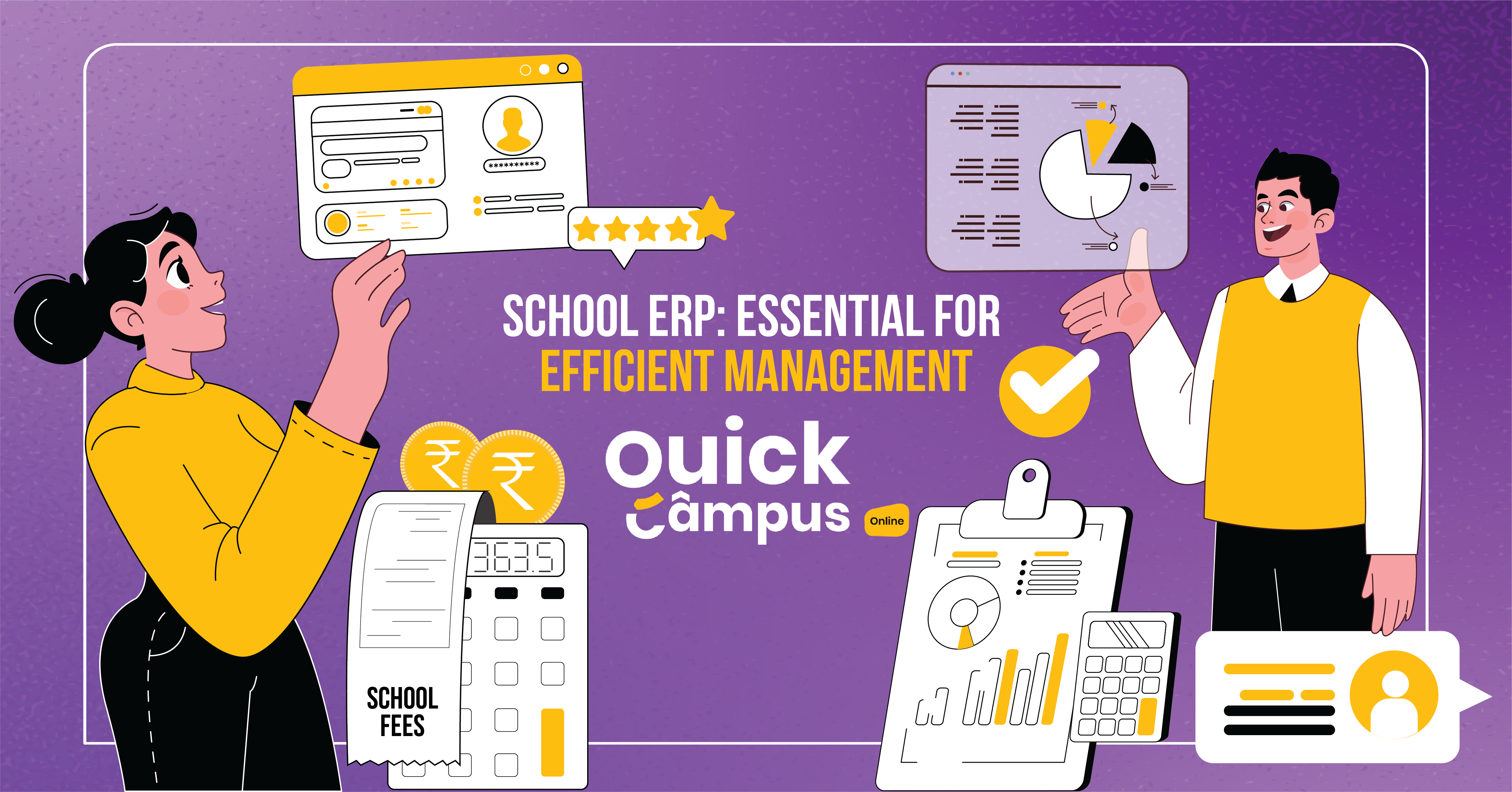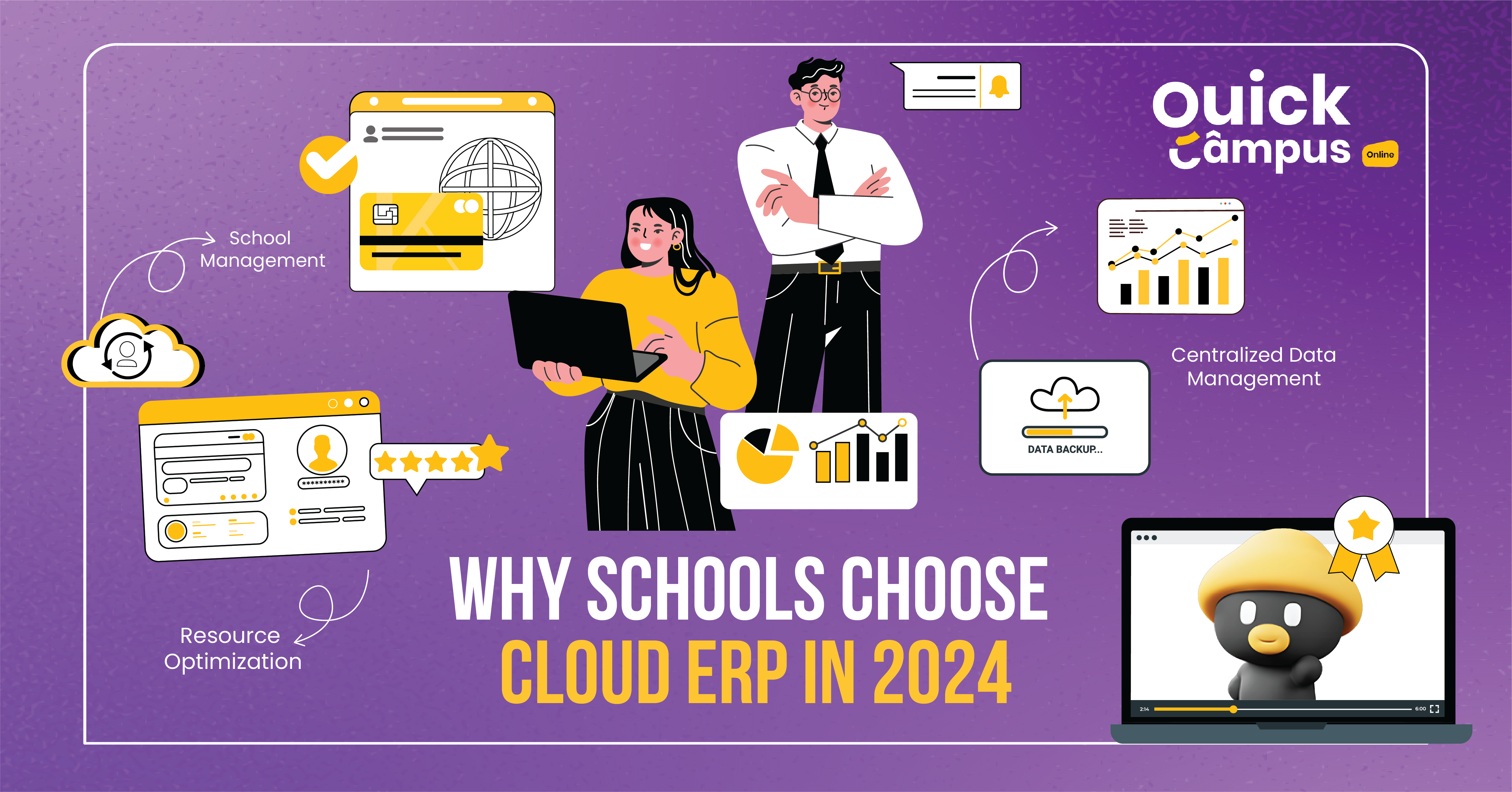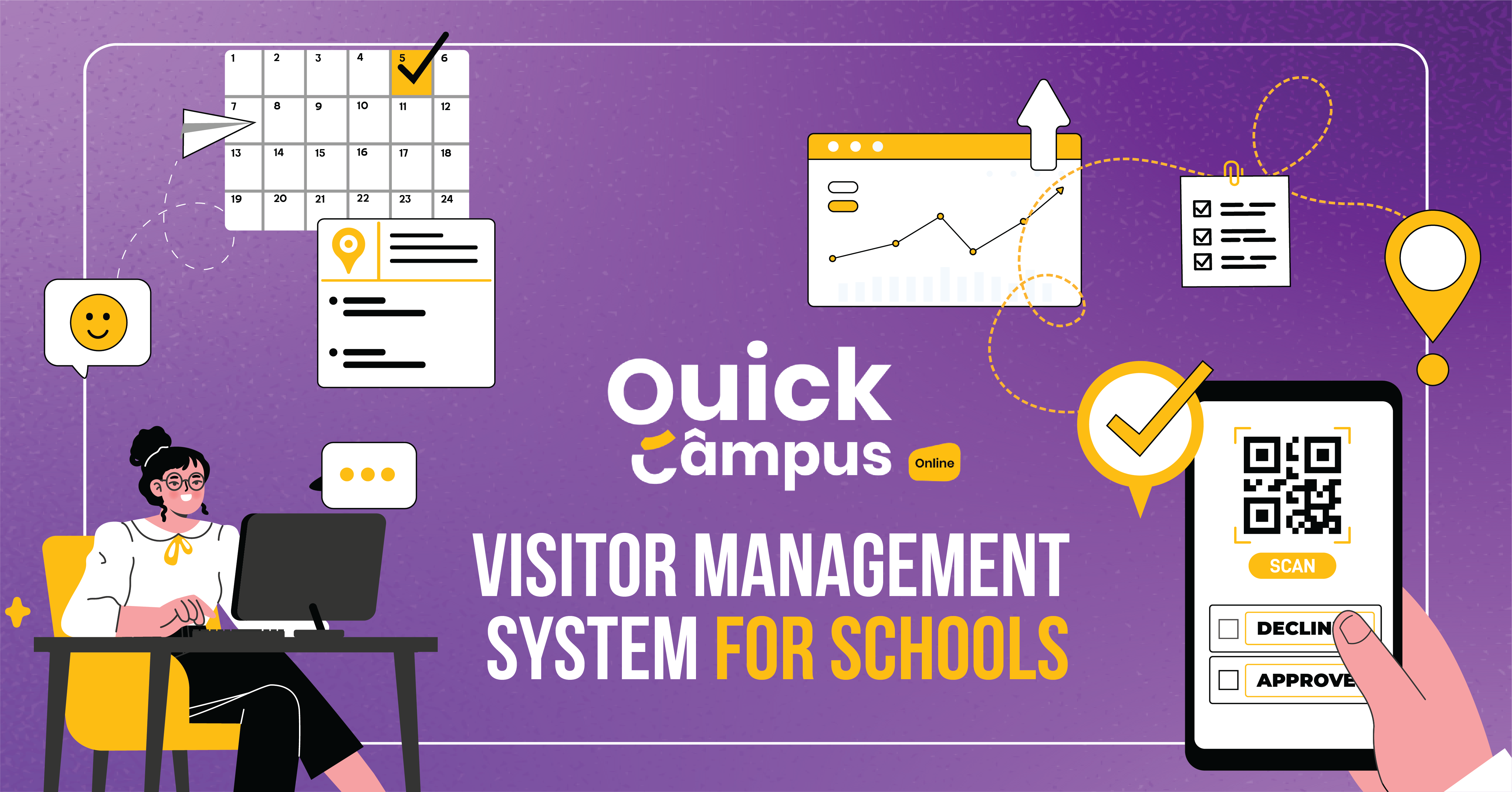6 Major Factors Influencing Learning
There are lots of factors that influence learning and vary according to each individual. Personal characteristics influencing learning include motivation, prior knowledge, learning styles, self-learning, cognitive abilities, and types of teaching. As for external factors, there are environment, social interactions, and resources. So, here in this article, we are going to discuss all these factors influencing the learning process.
What Are The Factors Influencing Learning?
There is one thing most of us take for granted. It’s the process of learning. We don’t necessarily dig deep into the world of learning the way we should be. It’s worth remembering that learning is complex, and many external factors influence its acquisition, retention, and application.
The first major hurdle is understanding these factors to prepare an effective outcome based education environment for improved results. Below, explore some critical factors influencing learning:
1. Motivation
Motivation is a critical aspect of learning. Motivated individuals become engaged, focused, and willing to put in extra effort to learn and progress. It mostly comes naturally to each individual (e.g.: intrinsic factors such as personal interests, and curiosity), and sometimes they are extrinsic, like rewards and recognition. Therefore, to significantly impact learning outcomes, we must know what motivates a learner.
2. Learning Environment
Space is also a major deciding factor when it comes to effective learning. The environment in which learning takes place can influence one’s ability to absorb and carry forward captured information. A great learning environment should be safe, comfortable, and free from distractions. It’s easy to find such places like classrooms, online learning platforms, or even a quiet study area at home creates the right environment that enhances the learning experience.
3. Teaching Methods
The next influencer is the way educators choose to deliver instructions. Accommodating diverse teaching styles aligning with the unique preferences of students is essential to creating an enabling learning environment. Whether it’s visual props, hands-on activities, or group discussions, leveraging multiple teaching approaches can profoundly improve the learning capacity of the learners.
4. Prior Knowledge
Knowledge acquisition accumulates on a learner’s existing knowledge and life experiences. Their prior knowledge about a particular topic can either facilitate or prevent their ability to grasp new concepts. We understand new and complex concepts by connecting them with existing information. Teachers and instructors must use the learner’s prior knowledge to scaffold new learning more effectively.
5. Feedback and Assistance
Learning and growth are also influenced by feedback, which should be timely and constructive. Feedback enables students to know their strengths and weaknesses areas with potential for improvement among themselves; as well as ways of inspecting over time.
Moreover, we must supplement the feedback with support resources and mentors who will keep on inspiring and guiding us through the learning process.
6. Social Cultural Influences
Learning by default is a social process determined by how instructors, fellow students, and the community around us interact. collaborative learning activities allow peer learning in addition to cultural viewpoints that enrich our understanding of pluralistic perspectives. Recognizing cultural responsiveness can help create an inclusive environment that promotes learning through empathy.
Conclusion
In summary, motivation, environment, teaching method, previous experience, etc are all factors affecting learning. school management software considering these factors one can optimize his or her learning experiences to achieve educational goals. Whether students in a classroom or eternal learners exploring new interests, these acknowledgments empower us to learn better since they enhance our efficiency as learners.

